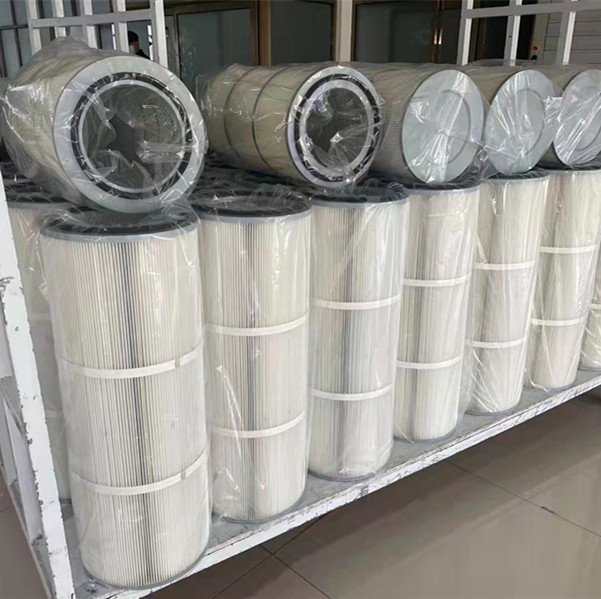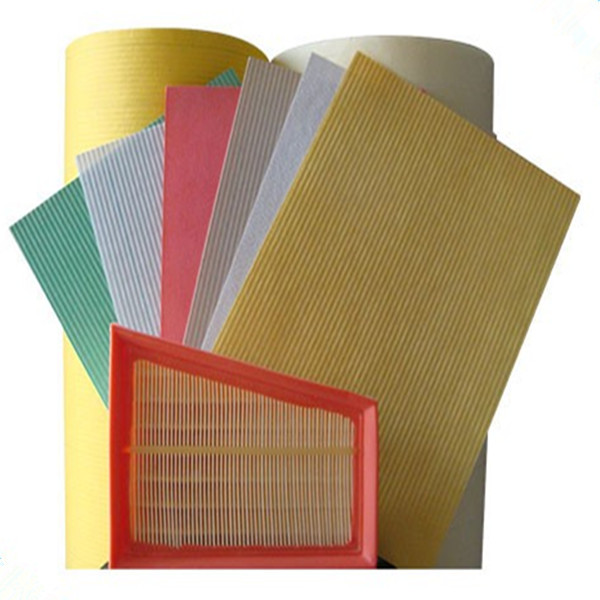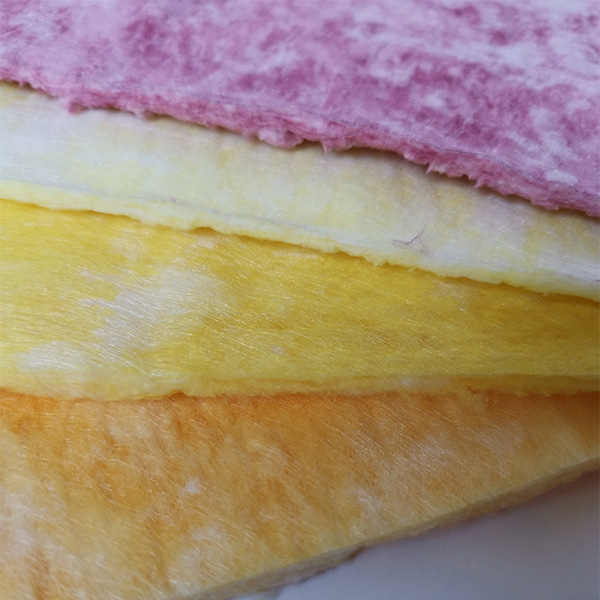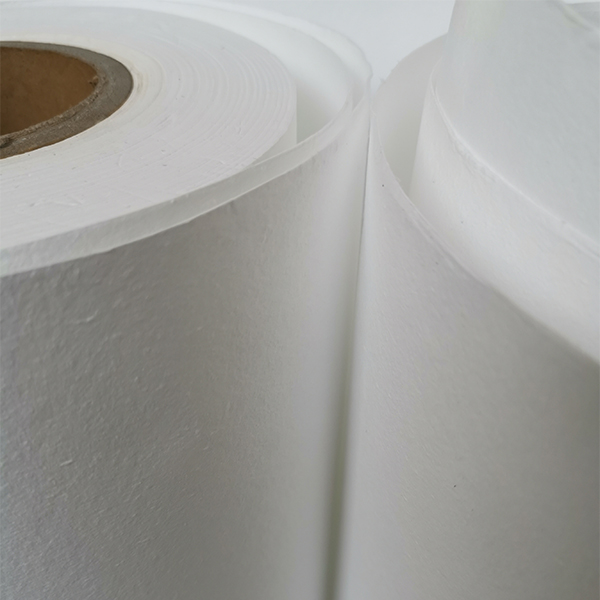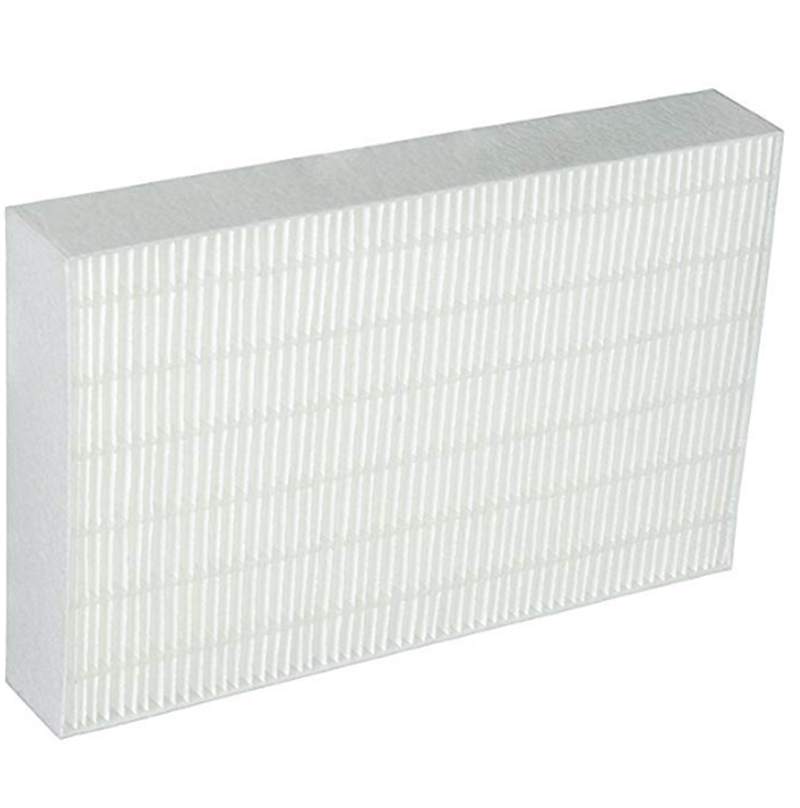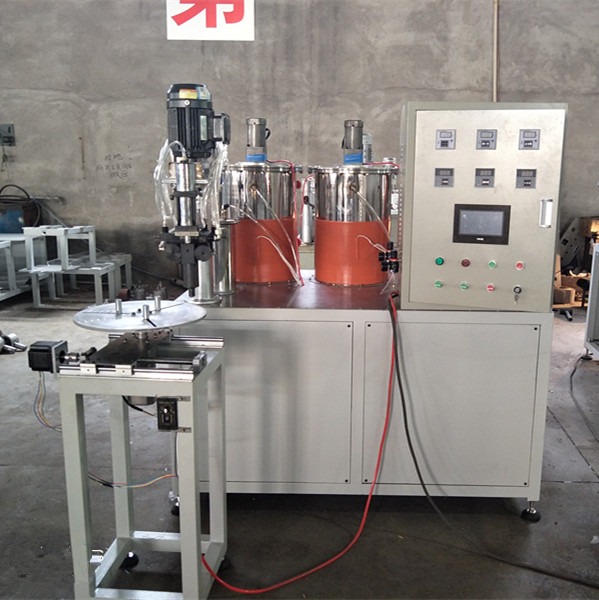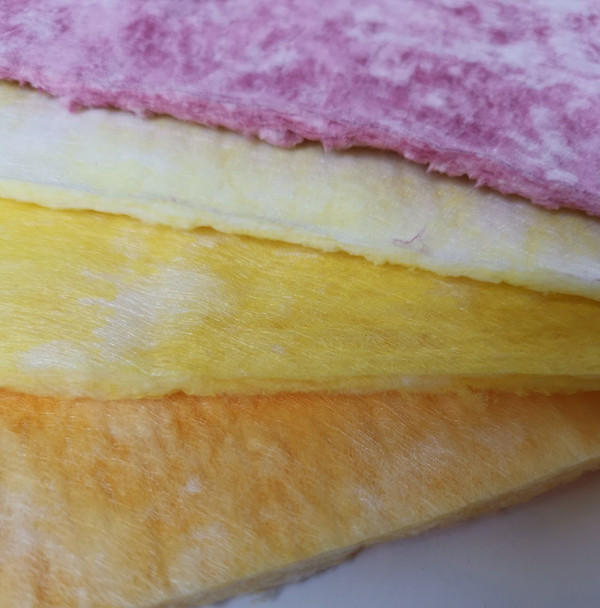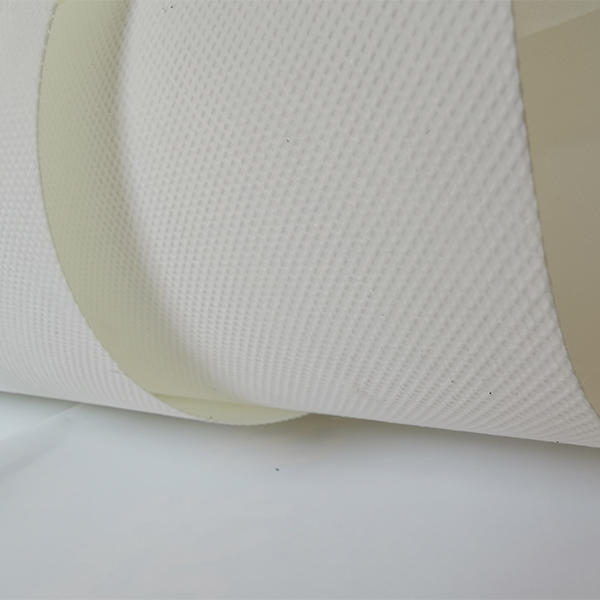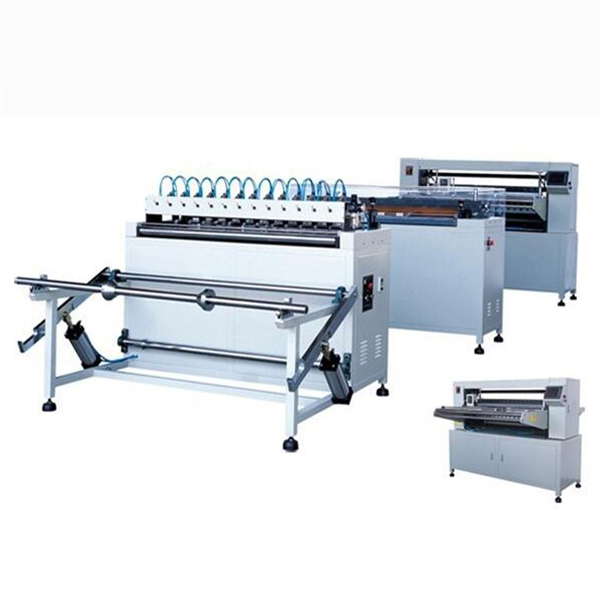Metal Caps For Filters: the small part that keeps big systems honest
If you build or buy filters, you’ve probably overlooked the humble filter end caps—until one fails. I’ve seen it: a beautiful media pack, premium adhesive, and then a cap that lifts after thermal cycling. Costly. The set discussed here comes from No.580 Gongnong Road, Shijiazhuang City 050000, Hebei, P.R. China—an area that’s become, frankly, a quiet powerhouse in engineered filter components.

What’s trending (and why it matters)
The market’s shifting to coated steels—galvanized and anti-fingerprint (AFP) laminates—plus engineering plastics for lighter assemblies. Automotive and dust collection OEMs want consistent pressability, tighter concentricity, and cleaner edges to protect media pleats. Surprisingly, corrosion expectations jumped too: many buyers now ask for 96–240 h ASTM B117 as table stakes. And yes, people are mixing metals with PU hot-cure adhesives more than ever.

Product snapshot: Metal Caps For Filters
- Materials: galvanized steel, AFP-coated steel, or plastic (as required).
- Applications: air filters, dust removal units, oil and fuel filters.
- Typical industries: automotive, HVAC, industrial dust collection, power gen, agriculture.
| Feature | Spec/Option | Notes |
|---|---|---|
| Diameter range | ≈ 40–400 mm | Custom tooling available |
| Metal thickness | 0.3–1.2 mm | Depends on load/pressure |
| Coatings | GI, AFP, epoxy paint (optional) | Salt spray 96–240 h (real-world may vary) |
| Adhesive compatibility | PU hot-cure, epoxy, plastisol | Surface energy optimized |
| Tolerances | ±0.2 mm typical | Per drawing |
| Temperature | -30 to 120°C (metal); up to 90°C (plastic) | Application-dependent |
From coil to cap: process, tests, service life
Process flow: coil slitting → blanking → deep drawing/pressing → deburring → surface treatment (GI/AFP/paint) → cleaning → insertion holes/perforations (if needed) → QA stamping → packing. Methods: progressive dies for speed; CNC punching for small runs. Testing: ASTM B117 (salt spray), ISO 9227, adhesion per ASTM D3359, thickness per ISO 2178, edge burr check ≤0.05 mm. Functional checks: pull-off test of media bond, flatness ≤0.3 mm/100 mm. Service life? In HVAC, around 3–5 years; in oil/fuel, follow ISO 4548 test regimes—component life generally outlasts media.
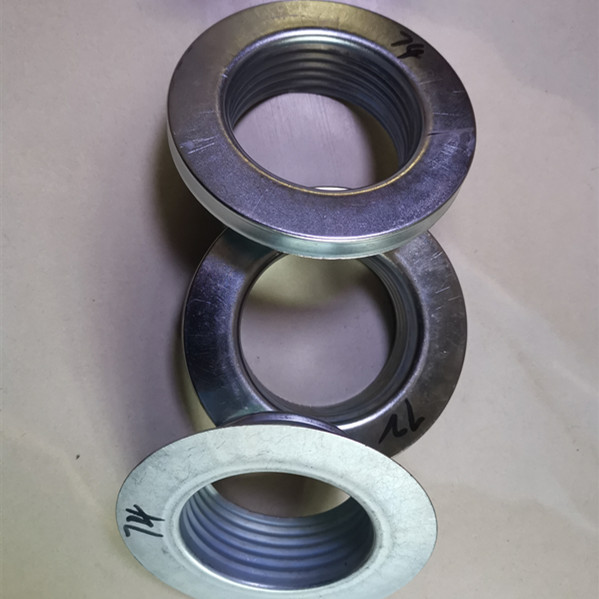
Where they’re used (quick scenarios)
- Automotive oil/fuel modules: consistent planarity prevents bypass; filter end caps integrate center tubes.
- Industrial dust collectors: heavy-gauge caps resist pulse-jet fatigue; filter end caps often epoxy-coated.
- HVAC pleats and cartridges: AFP caps resist fingerprints and improve bonding.
Customer feedback? “Bond strength stayed above 1.2 MPa after 120 h salt spray”—that’s from a Tier-1 pilot, to be honest, better than I expected.
| Vendor | MOQ | Lead time | Certs | Salt spray | Custom tooling |
|---|---|---|---|---|---|
| Anya Filter Media | ≈ 1,000 pcs | 10–20 days | ISO 9001; IATF 16949 (on request) | 96–240 h | Yes, in-house |
| Generic Vendor A | 2,000 pcs | 20–30 days | ISO 9001 | 72–120 h | Limited |
| Generic Vendor B | 500 pcs | 7–14 days | — | 48–96 h | Outsourced |

Customization and compliance
Options include emboss logos, perforations, tapped inserts, center tubes welded, and low-VOC paint. Compliance: RoHS and REACH statements typically available; PPAP packs for auto programs; material traceability back to coil ID. For fuel/oil modules, validation ties to ISO 4548 and ISO 16889 test plans; for dust collection, look for fatigue testing against pulse cycles (e.g., 1M shots at ΔP ≈ 1200 Pa).

Mini case study
A Midwest dust collector OEM swapped to AFP steel caps to reduce fingerprint staining and rework. After a modest tooling tweak, bond failures dropped from 2.8% to 0.3% over three months. Not world peace, but on a 30,000-unit run, that’s real money—and fewer Monday morning headaches.
Quick spec tips
- Call out cap flatness and edge radius; it saves media nicks.
- Set a realistic salt spray target aligned to environment (garage vs. coastal).
- Define adhesive and cure profile early; filter end caps surfaces can be tuned for it.
Citations:
[1] ISO 16889: Hydraulic fluid power—Filter multi-pass method
[2] ISO 4548: Methods of test for full-flow lubricating oil filters
[3] ASTM B117: Standard Practice for Operating Salt Spray (Fog) Apparatus
[4] ASTM D3359: Measuring Adhesion by Tape Test
[5] ISO 9227: Corrosion tests in artificial atmospheres—Salt spray tests
Post time: Oct-13-2025

